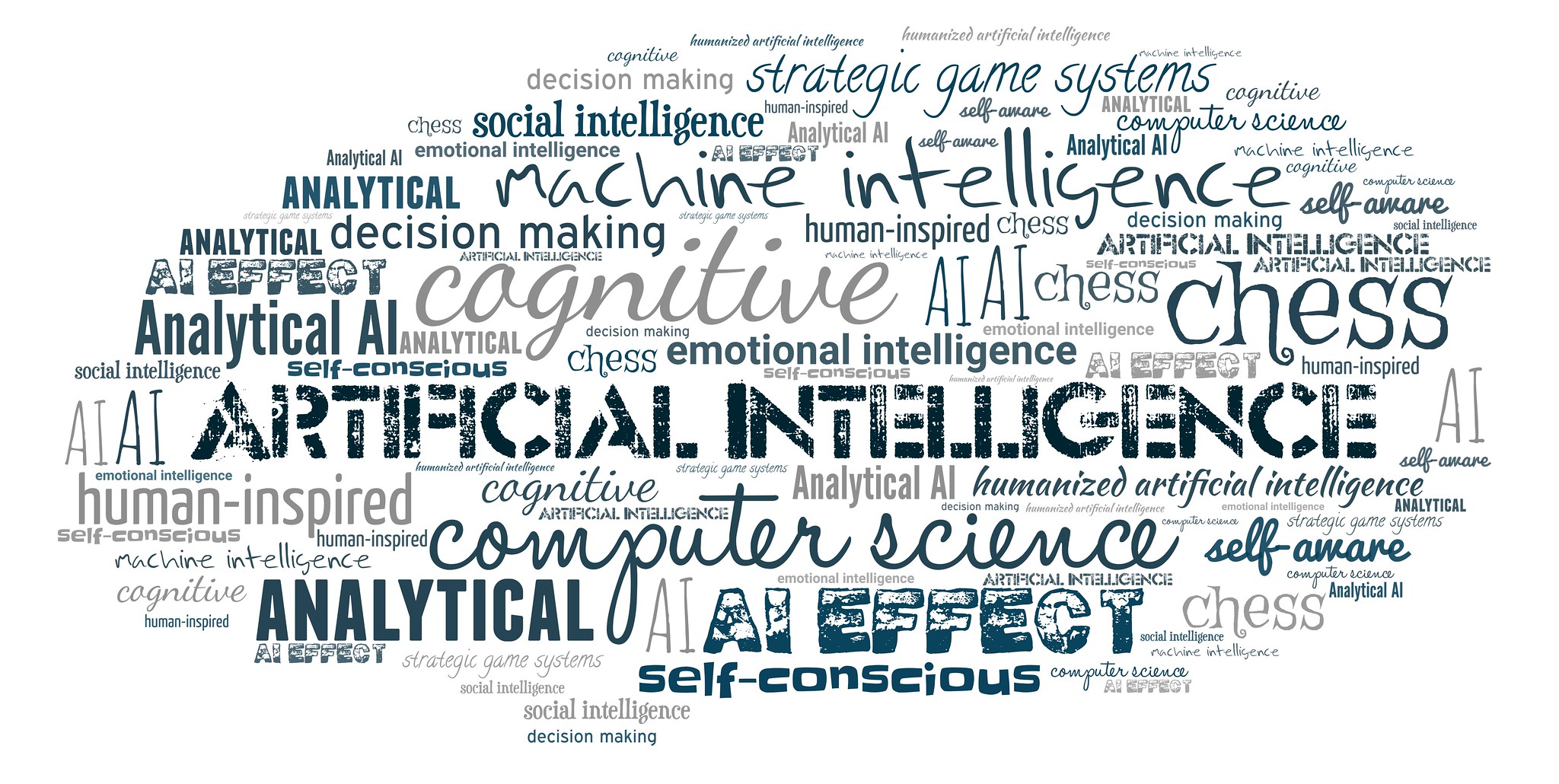Cutting Through the Noise: The Push to Remove AI Buzzwords from Websites
Last updated: 2024-12-09

Too Much AI Buzzwords?
In a world increasingly dominated by artificial intelligence, it’s become common for websites to integrate AI-related jargon into their content. This was further spotlighted in a recent Hacker News story titled “Show HN: Cut the crap – remove AI bullshit from websites.” The author’s frustration resonates with many users and developers who have noticed an overwhelming surge in AI terminology that often adds little to the user experience. In this blog post, we’ll delve into this phenomenon, exploring its implications on web design, user experience, and ultimately, how we communicate technology to the average user.
The Rise of AI Jargon
The phrase “AI bullshit” might seem harsh, but it encapsulates a growing concern among internet users and tech professionals. As machine learning and artificial intelligence technologies have grown in popularity, there has been a parallel increase in the use of buzzwords by companies seeking to appear cutting-edge. Terms like “synergistic neural networks,” “machine learning-driven insights,” and “intelligent algorithms” are routinely sprinkled into marketing materials, often with little explanation or context.
This trend can be attributed to several factors. Firstly, companies want to project an image of innovation and relevance in a rapidly evolving technological landscape. Secondly, there’s a belief that using sophisticated terminology will appeal to a more tech-savvy audience. However, much of this jargon does not improve communication; instead, it alienates users who may not fully understand what is being offered.
User Experience: The True Cost of Jargon
Websites should prioritize user experience, a principle that is often compromised when AI buzzwords are overused. The average user does not have a background in data science or machine learning, so terms that may seem straightforward to tech enthusiasts can be confusing or off-putting to the general public. Simplifying language not only makes information more accessible but also builds trust with the audience.
For example, a startup that objectively describes its service as “using advanced technology to help customers find solutions” is likely to be more effective than one that claims to employ “state-of-the-art neural networks to enhance service delivery.” The former communicates clearly and effectively while inviting potential users to engage without unnecessary barriers.
The Initiative to “Cut the Crap”
The Hacker News post raises a critical point: as tech enthusiasts and creators, we need to challenge the status quo of jargon-filled communication. The “Cut the crap” initiative is not just about removing words; it’s about fostering transparency and enhancing user understanding. By advocating for simpler language, the movement encourages tech companies to prioritize genuine connection with their audience rather than obfuscation.
This initiative resonates particularly well in an era where consumers are increasingly skeptical of corporations. In his post, the author suggests that by stripping away the meaningless buzzwords, companies can showcase their genuine capabilities and strengths. Ultimately, this can lead to a more meaningful dialogue with customers and create a loyal user base.
The Backlash Against AI Overhype
Another dimension to this discussion is the backlash against the overhyping of AI technologies. Stories of AI's capabilities have led to significant hype, often leading to disappointment when the outcomes fail to meet these lofty expectations. Users, burnt by exaggerated claims, are naturally more wary. Conversely, when companies communicate their AI utilities straightforwardly, users can come to appreciate their functionalities in a realistic light.
This is particularly crucial for startups or smaller tech companies that rely on their reputation to gain traction. By focusing on clarity and practical applications rather than intricate jargon, these businesses can stand out in a crowded marketplace.
Case Studies and Examples
To illustrate the difference between jargon-heavy communication and clear messaging, we can look at several companies within the tech sector. Take a hypothetical AI startup that offers predictive analytics for e-commerce. If they present their tool as “leveraging deep learning to uncover customer behavior patterns,” many potential users might hit a wall of confusion. However, if the company says, “We help online stores predict what customers want based on their shopping habits,” they convey the same information in an approachable manner.
Similarly, large tech companies like Google and Microsoft have been criticized for using jargon-heavy language in their AI features, which can feel intimidating. When they emphasize practical benefits—like “Save time by letting the AI summarize your emails”—they create a friendlier image that users can understand and appreciate.
The Role of Community Feedback
Community feedback plays an essential part in driving the shift towards clearer communication. As users express their frustrations—much like in the Hacker News discussion—companies have the opportunity to listen and adapt their messaging strategies. Open discussions and forums like Hacker News are critical platforms where users can share their experiences and expectations.
Moreover, as this initiative gains traction, companies may start to feel a societal pressure to abandon excessive jargon. This can lead to a culture change where tech leaders not only acknowledge but actively promote sharp, clear communication within their organizations.
Embracing Clarity
The dialogue surrounding the removal of AI jargon is more than just a critique; it is a call to action. By embracing clarity over complexity, we can create a tech landscape that is more accessible, trustworthy, and engaging for everyone. The Hacker News post “Cut the crap – remove AI bullshit from websites” highlights an urgent need to redefine how we communicate in the tech industry. It challenges us to reflect on our language and encourages the cultivation of genuine, meaningful connections with our audiences.
As we move forward, let’s take this opportunity to champion clear communication in tech. After all, technology should not be shrouded in mystery; it should empower us and enhance our understanding of the world around us.